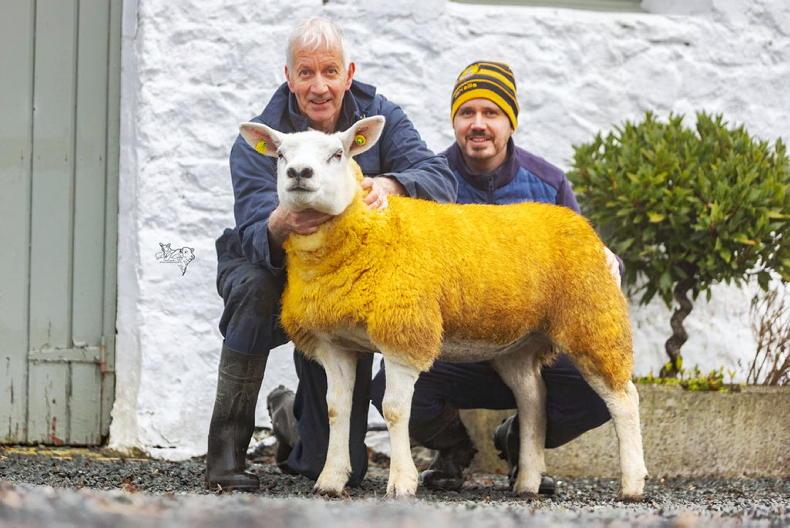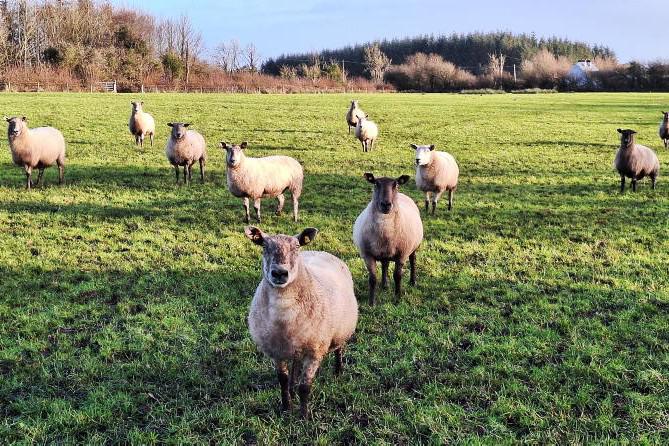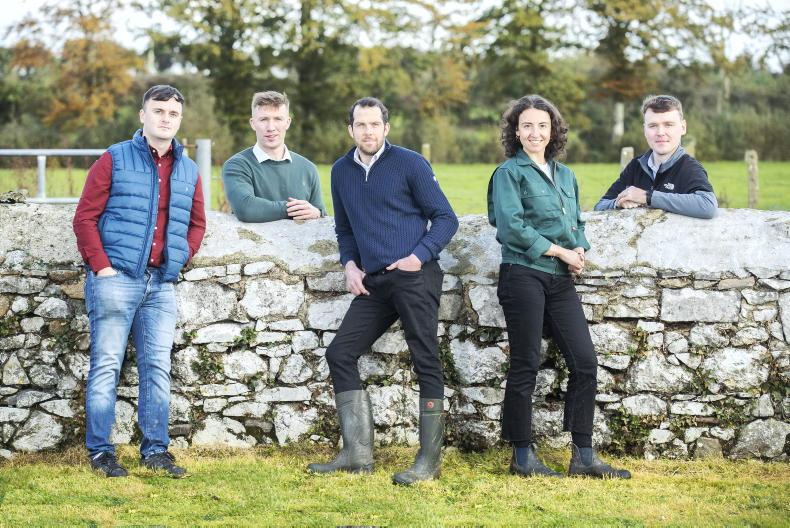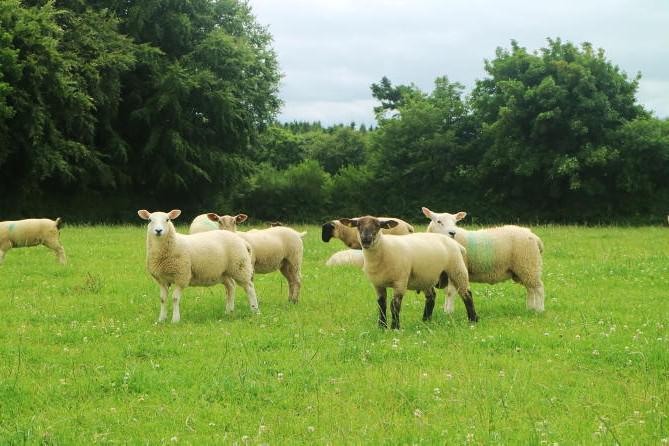Faecal egg counts
This week’s sheep feature on page 31 deals with worm control and taking precautions to guard against anthelmintic resistance. It is worth noting that the Targeted Advisory Service on Animal Health (TASAH) continues its programme, whereby sheep and cattle farmers can receive a consultation with a trained veterinary practitioner and two faecal egg counts (FECs) funded by TASAH. An application portal and a map detailing participating veterinary practitioners can be found at https://animalhealthireland.ie/programmes/ under the heading ‘parasite control’. Farmers who selected the parasite control action in the Sheep Improvement Scheme (SIS) must submit a minimum of two FECs for lowland flocks and one FEC for hill flocks between 1 June and 30 September. A list of laboratories approved to analyse FECs under the SIS can be found at https://www.gov.ie/en/service/98a53-sheep-improvement-scheme/.
Worming hoggets and dogs
It is important to include yearling hoggets rearing lambs in your worm control programme, as it may take these animals longer to develop natural immunity. Dogs should also be included, and veterinary advice lists worm control for adult dogs every three months through adulthood. The advice for pups is worming approximately every two weeks until they reach 12 weeks of age, and then every three months through adulthood. This information should be documented and available for inspection in Bord Bia Sustainable Beef and Lamb and Dairy Assurance Scheme audits.
Fodder budget: It is prudent to keep track of fodder reserves. Housed ewes will consume in the region of 5kg silage freshweight daily, or 1kg dry matter. As a rule of thumb, one tonne of pit silage at 25% dry matter will suffice to feed 10 ewes for 25 days, or 10 ewes will require 1.2t of such silage on average, per month. To calculate the tonnage of grass silage in a pit, multiply the length by breath and height, and divide by 45. A 4x4 round bale of silage weighing 650kg at 30% dry matter will feed 10 ewes for 20 days.
National Liming Programme
Queries are mounting regarding when farmers will receive correspondence on applications to the National Liming Programme. There has been no further updates released on the programme since the news that the scheme was oversubscribed to the tune of nine times the €8m allocated. The Department has previously advised that lime applied after applications were submitted, but before approval has been granted, is eligible for inclusion. However, this investment is entirely at a farmer’s own risk, with no indications given on whether or not more funding will be allocated or how the Department plans to award approvals. Applying lime should remain high on the agenda if finances allow, with the investment more than paying for itself in freeing up nutrients locked up in the soil (due to low pH), increasing the efficiency of applied nutrients, and increasing sward productivity and soil structure (enhances earthworm activity).
TAMS III: The deadline for applications under tranche one of the new Targeted Agricultural Modernisation Scheme (TAMS III) is 30 June 2023. Tranche two is set to open on 1 July and there has been no announcement yet regarding its closing date. The full suite of support documents can be found at https://www.gov.ie/en/collection/0e509-tams-3/.









SHARING OPTIONS